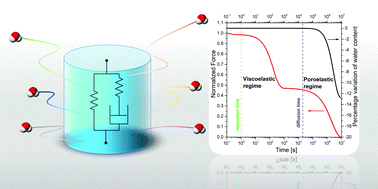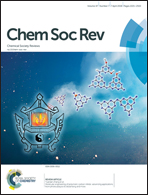Hydrogels: experimental characterization and mathematical modelling of their mechanical and diffusive behaviour
Abstract
Hydrogels are materials widely used in countless applications, particularly in the biomedical, pharmaceutical, and nutraceutical fields, because of their biocompatibility and their mechanical and transport properties. Several approaches are known to evaluate their properties, but only a few approaches are under development to mathematically describe their behaviour, in terms of how the materials answer to mechanical stimuli and how incorporated active substances are released. In this review, the main properties of hydrogels are summarized and the structure–property relationships are investigated (i.e. how the macromolecular structure influences the properties of macroscopic samples made of hydrogels). A selection criterion is proposed based on the comparison of three characteristic times: relaxation time, diffusion time, and process time. Then, the most common experimental methods to investigate the hydrogel properties are summarized, along with the state-of-the-art of mathematical modelling, with reference to the mechanical and transport properties of hydrogels, with particular attention to the viscoelastic and poroelastic behaviours. Last but not least, some case histories which can be classified as viscoelastic, poroelastic, or poroviscoelastic behaviours are presented.



 Please wait while we load your content...
Please wait while we load your content...